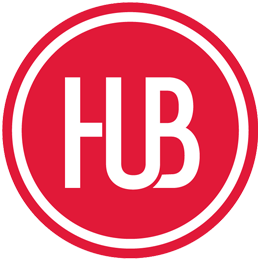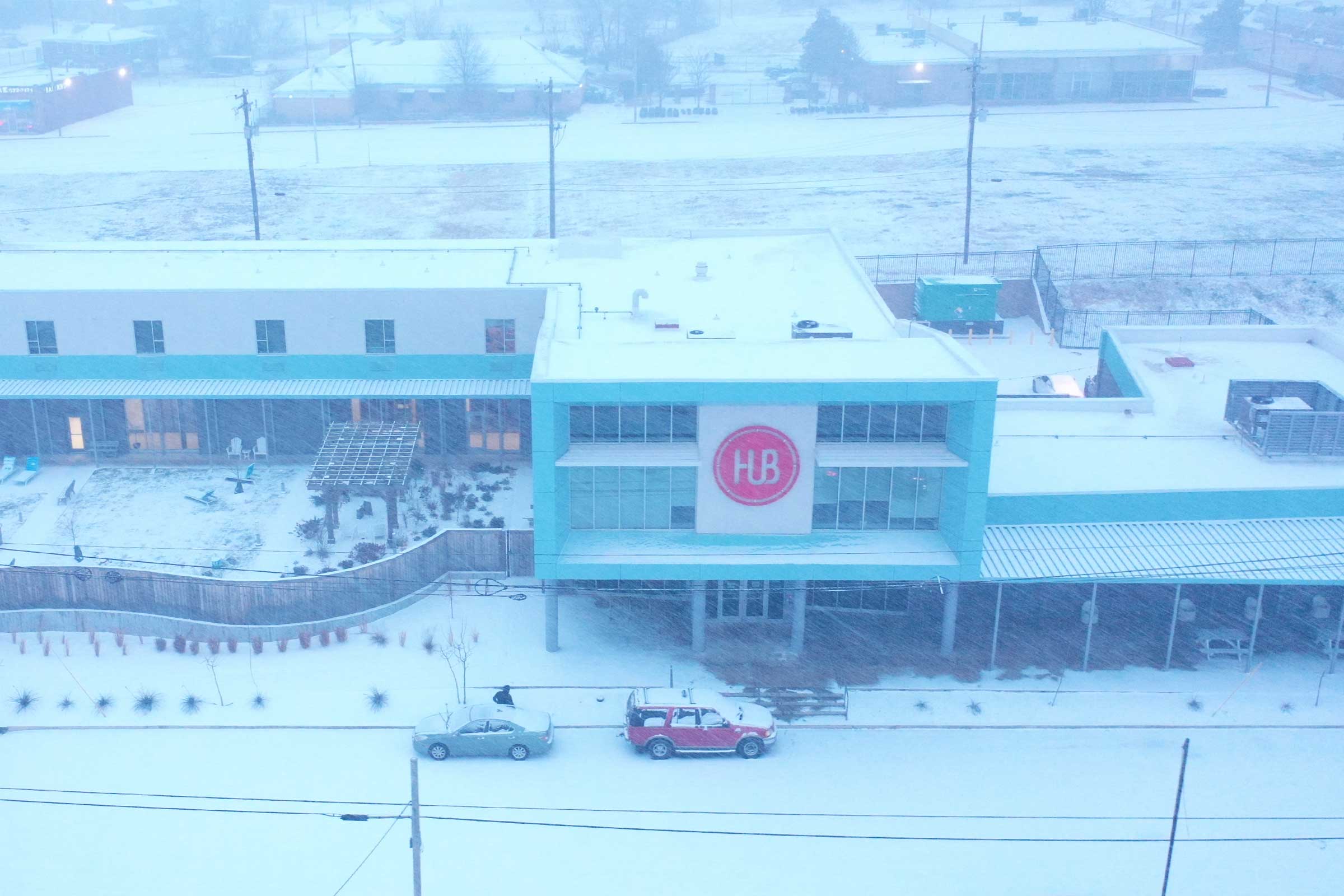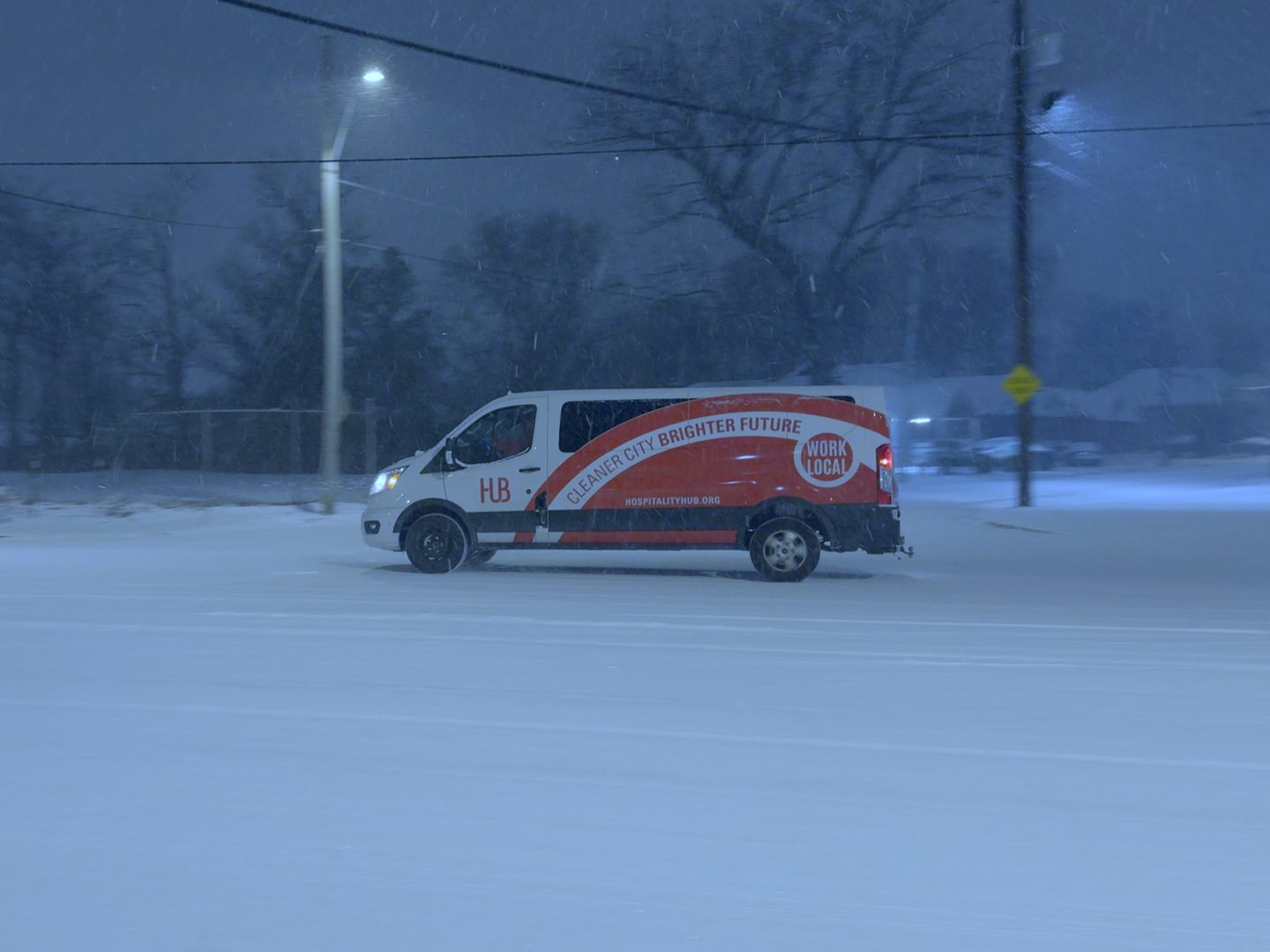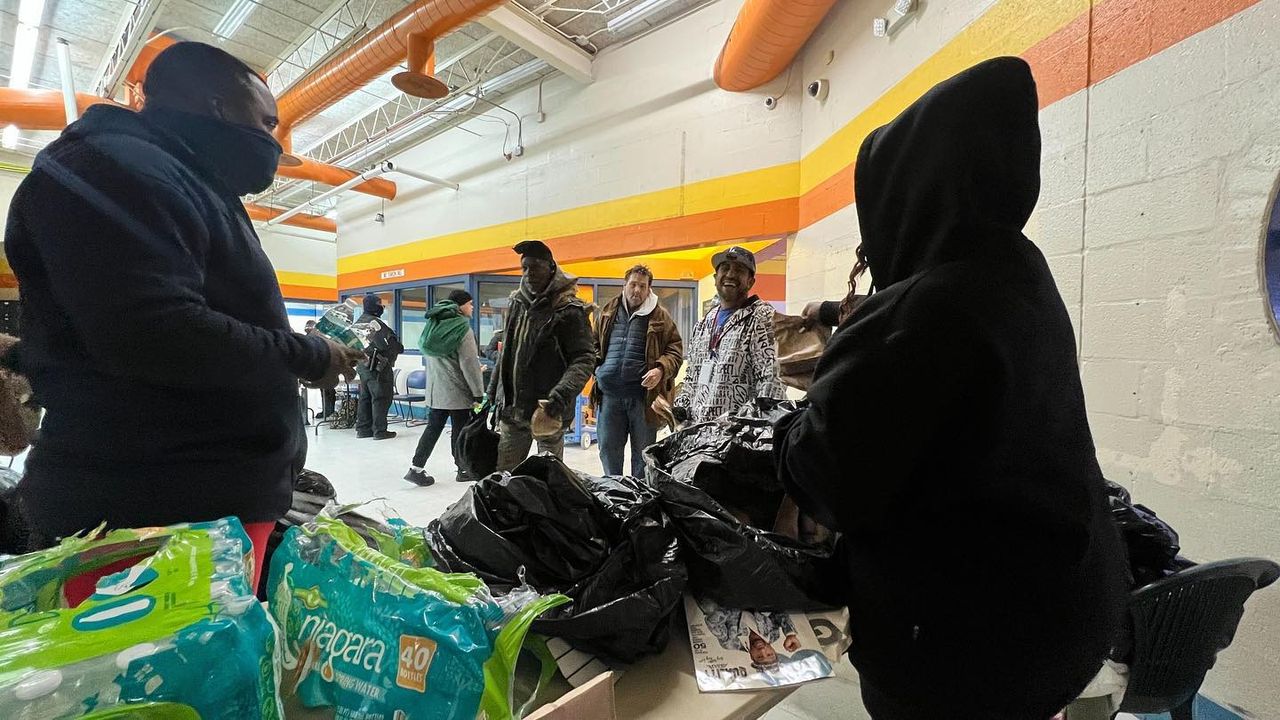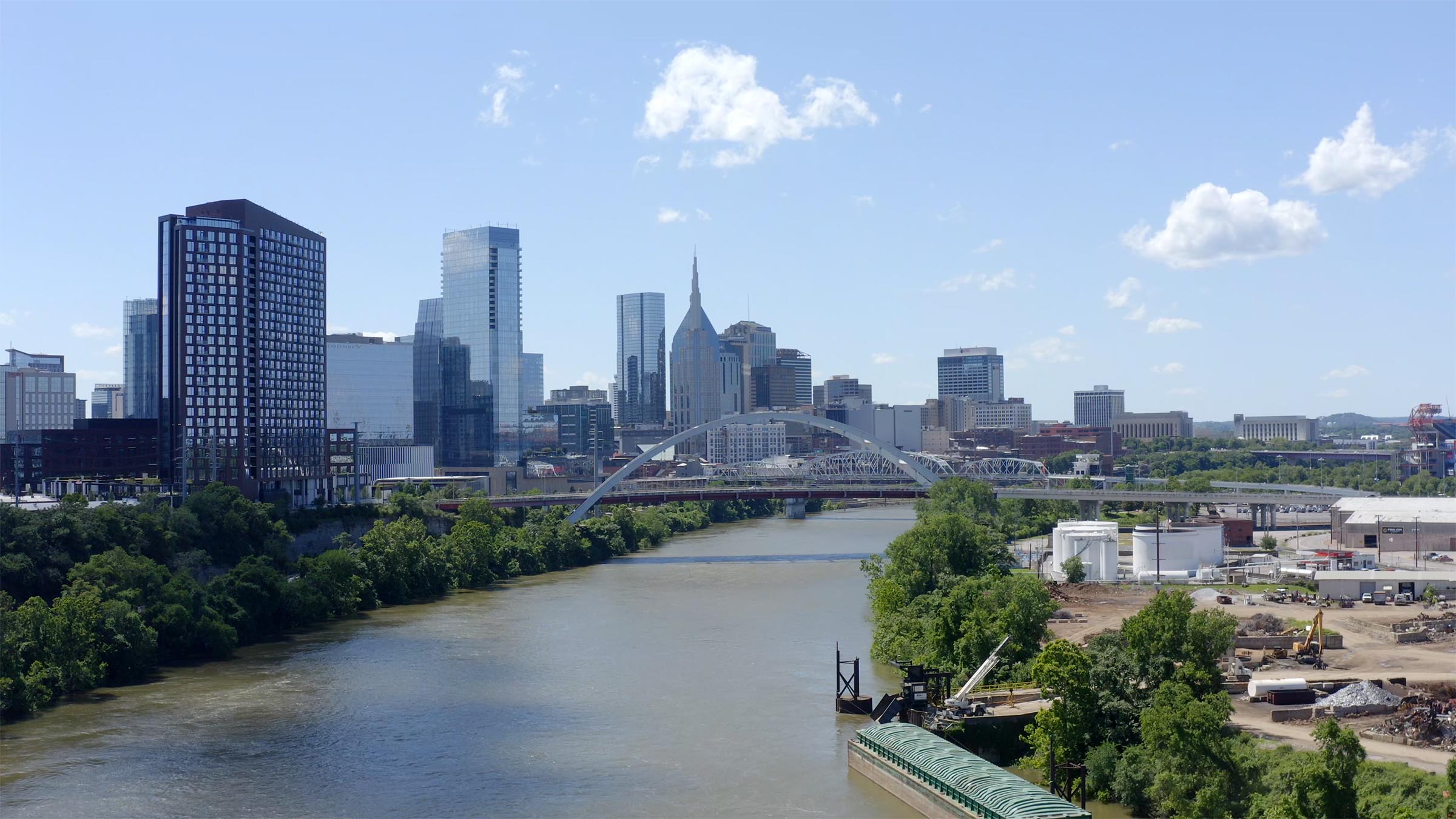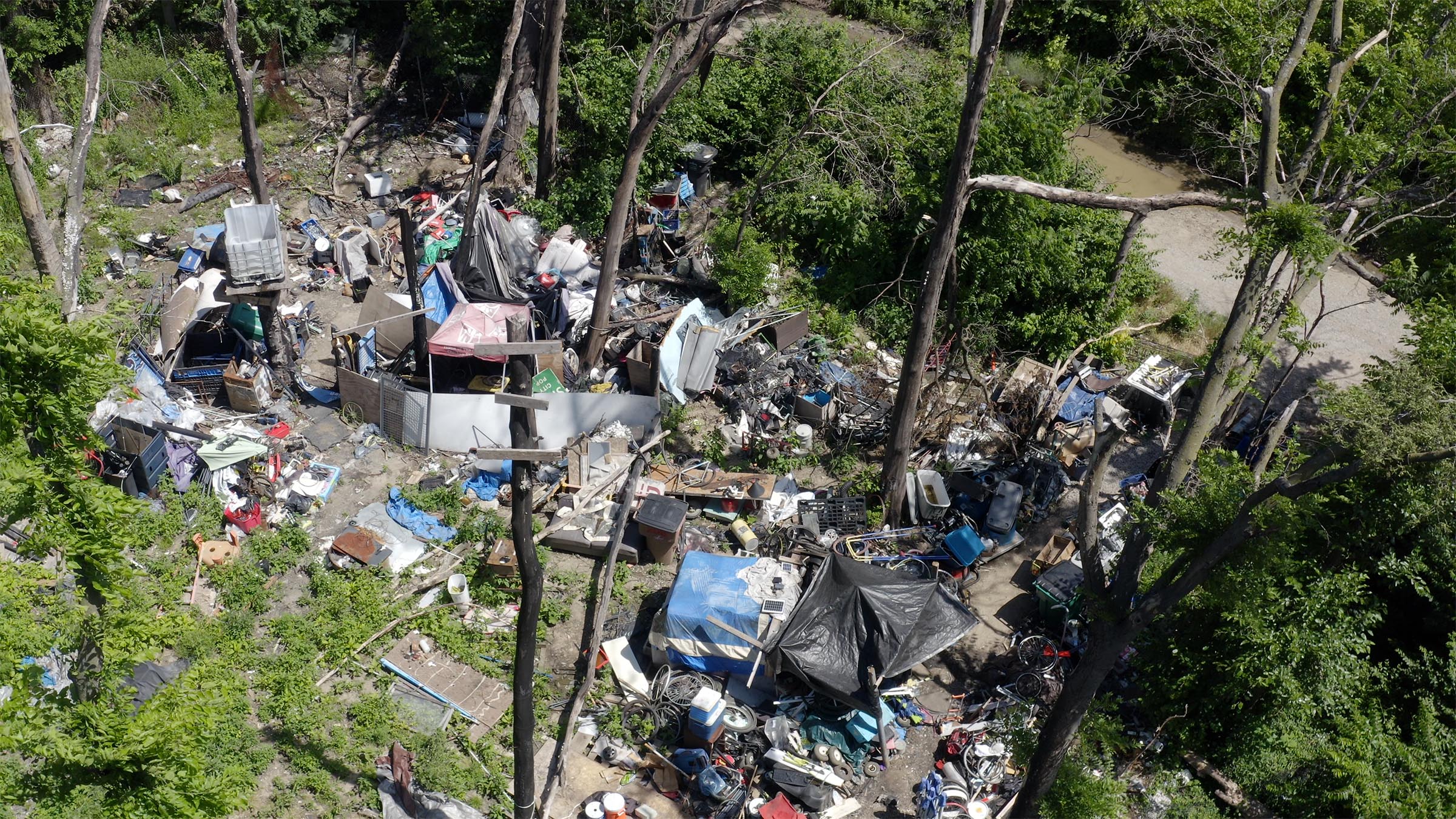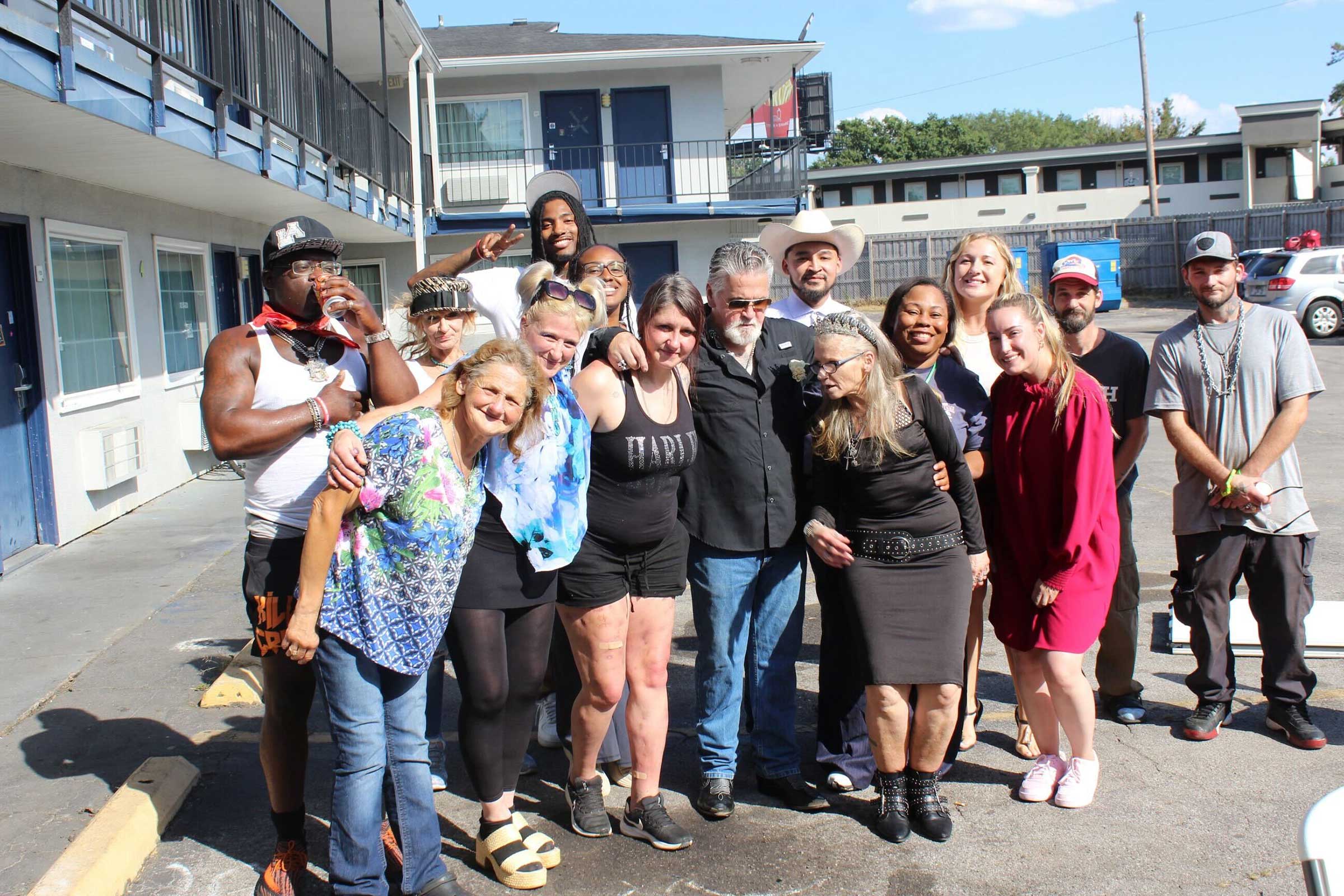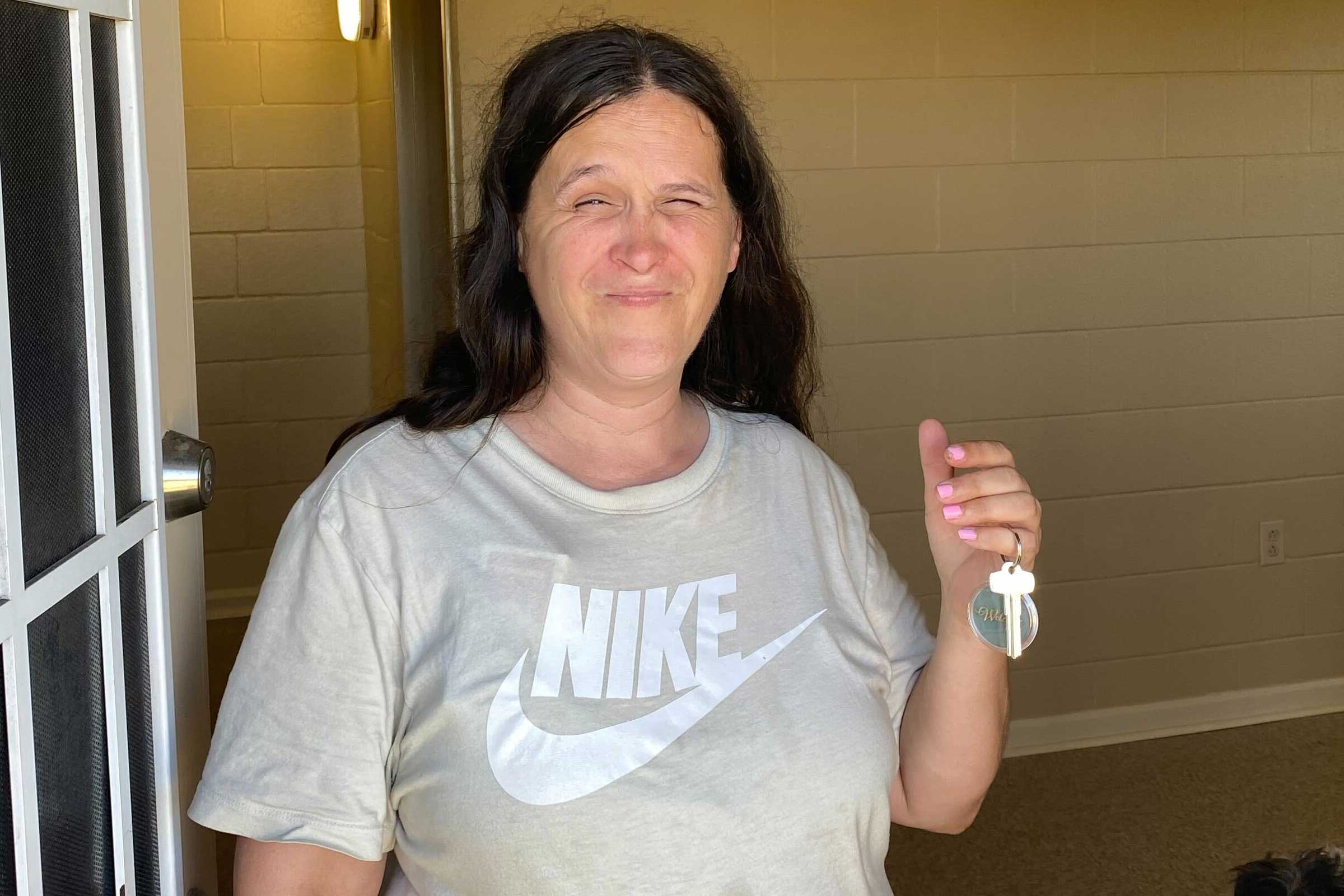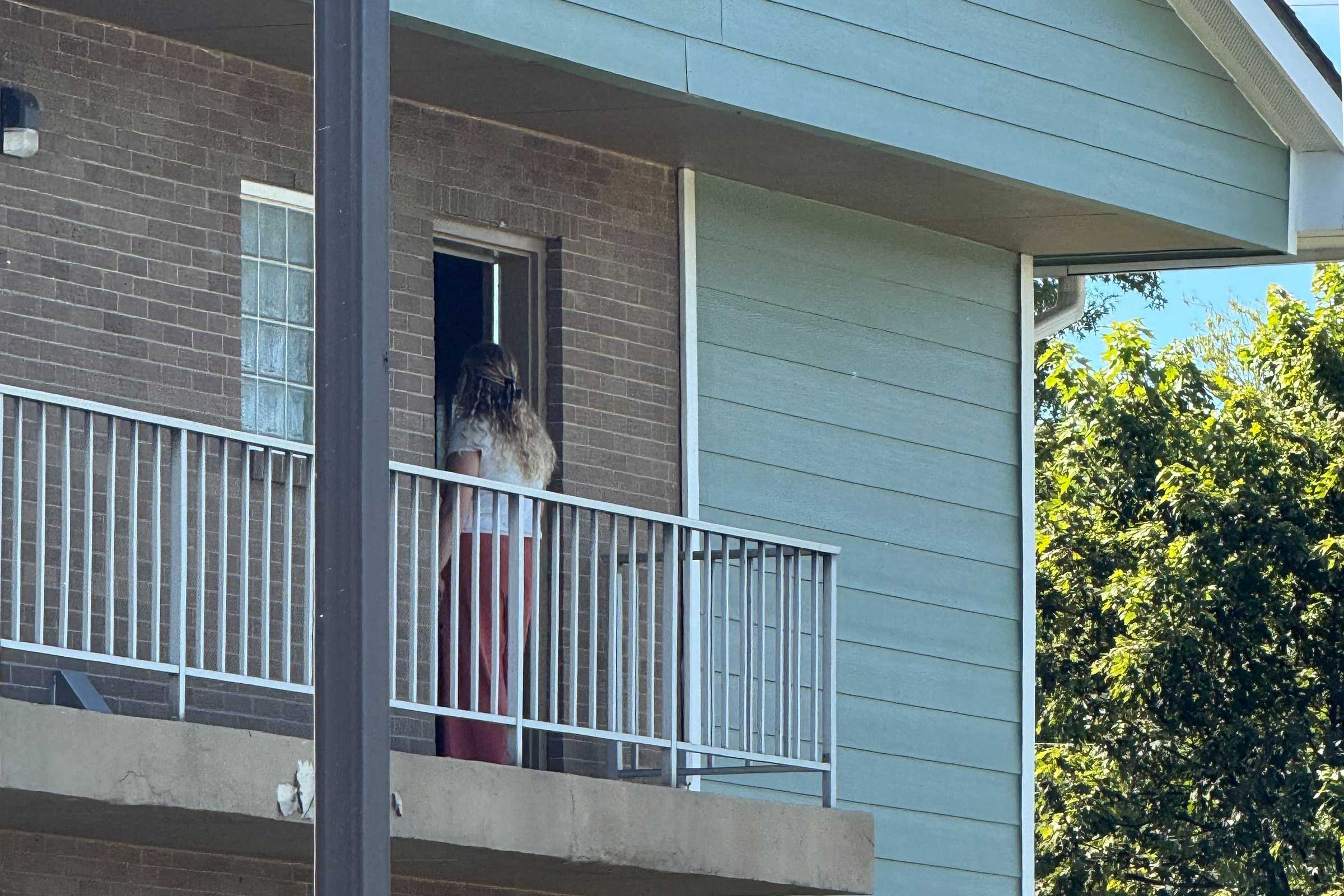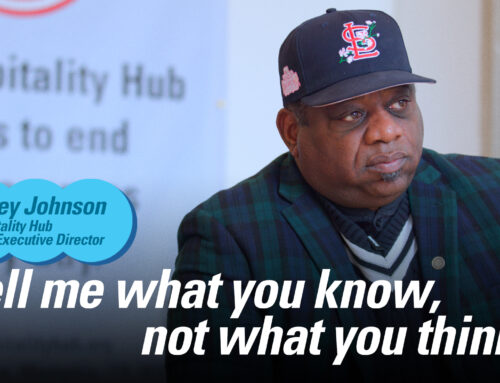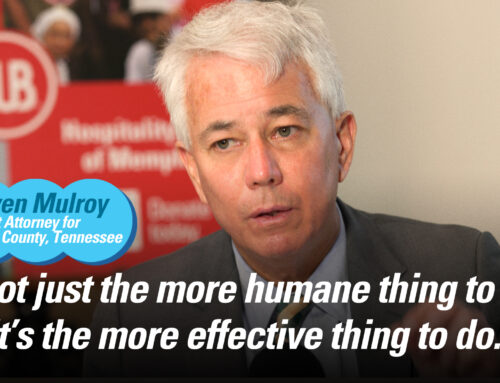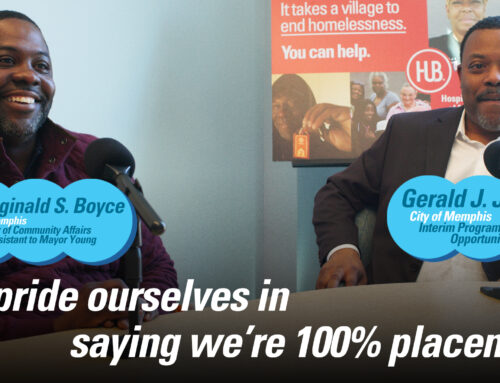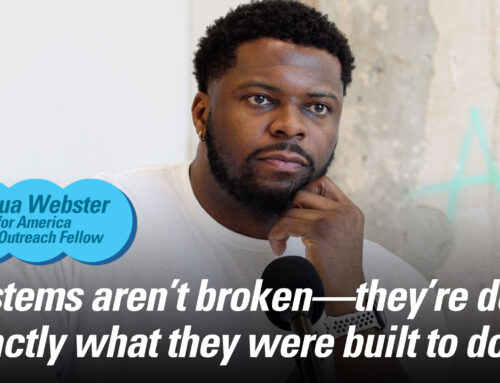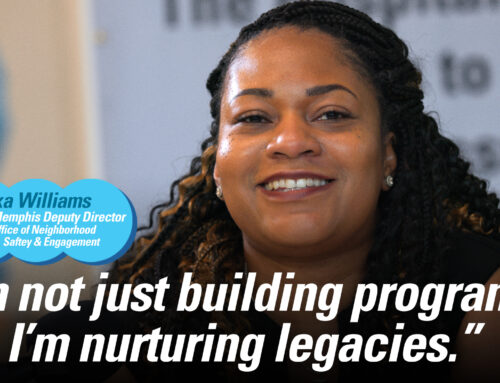Jessica Houari’s path to the Hospitality Hub runs through Memphis, an early role in the corporate world that clarified she wanted more direct service, a perspective-shifting trip to Kenya, a year teaching in Korea, and five years in Morocco with the Peace Corps. There she worked in youth development and a women’s center, learned Arabic, partnered with Engineers Without Borders on a bridge and a shared well, and later contributed to Project Soar to keep girls in school. Returning home meant reverse culture shock—and a clear desire to serve directly. She joined the Hub as Outreach Manager and now serves as Director of Operations (while staying close to clients). She was also recognized by the Memphis Business Journal’s Women Who Lead for nonprofit/community leadership.
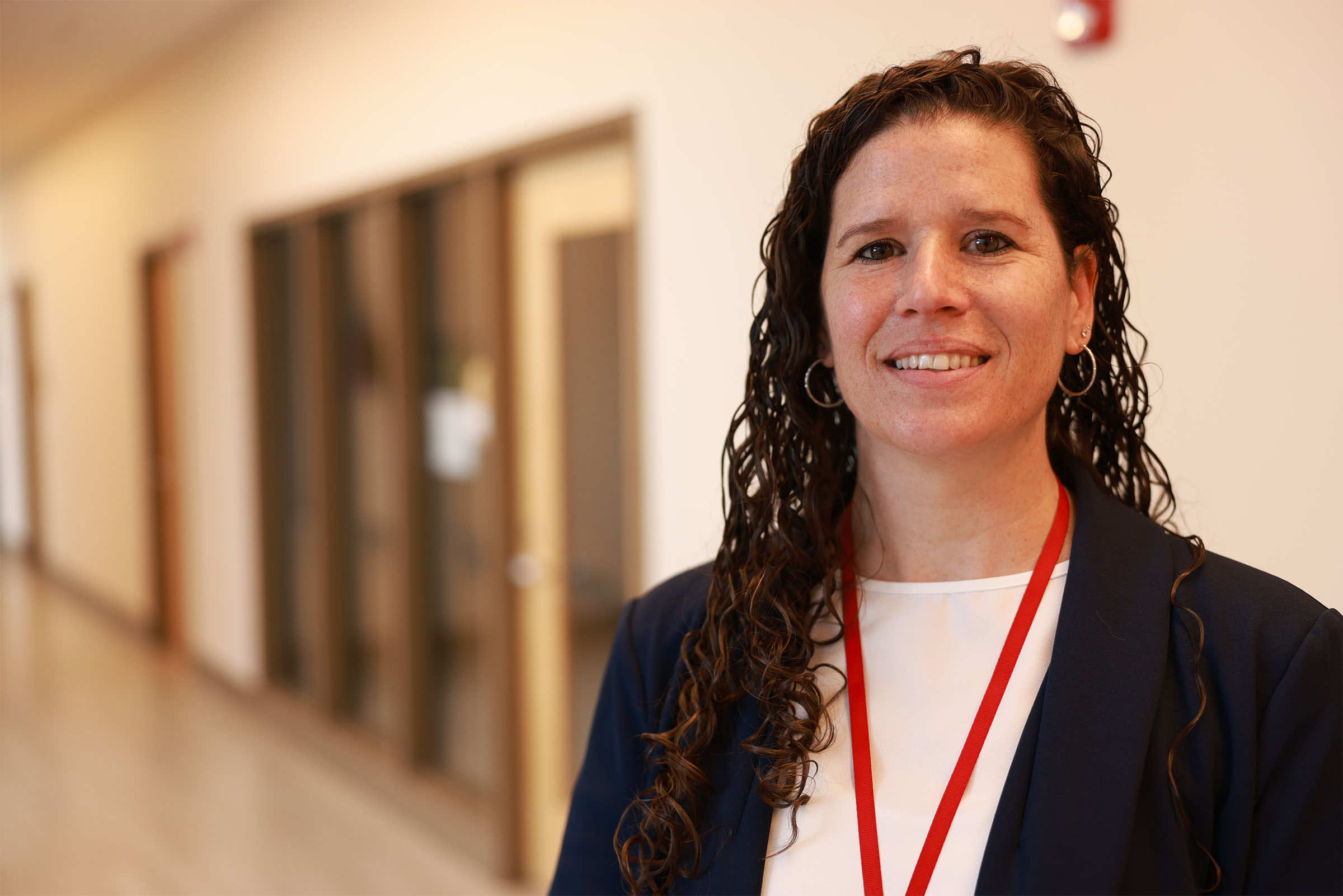
Jessica’s philosophy is straightforward and practical. “Kindness isn’t hard” is more than a line—it’s a design principle. Spaces and interactions should lower defenses: calm colors, natural light, sitting at eye level, and language that returns choice and dignity to guests. She believes in servant leadership—removing friction for the team, making decisions close to the front line, and naming wins so momentum doesn’t go unnoticed. Two touchstones run through the conversation: “It takes a village to help someone exit homelessness,” and a Moroccan proverb—“Even the loftiest mountains start from the ground”—a reminder to start where people are and take the next step together.
“I didn’t want to sit in an office creating programs. I wanted to be in the field, alongside people, helping them.” – Jessica Houari Director of Operations Hospitality Hub
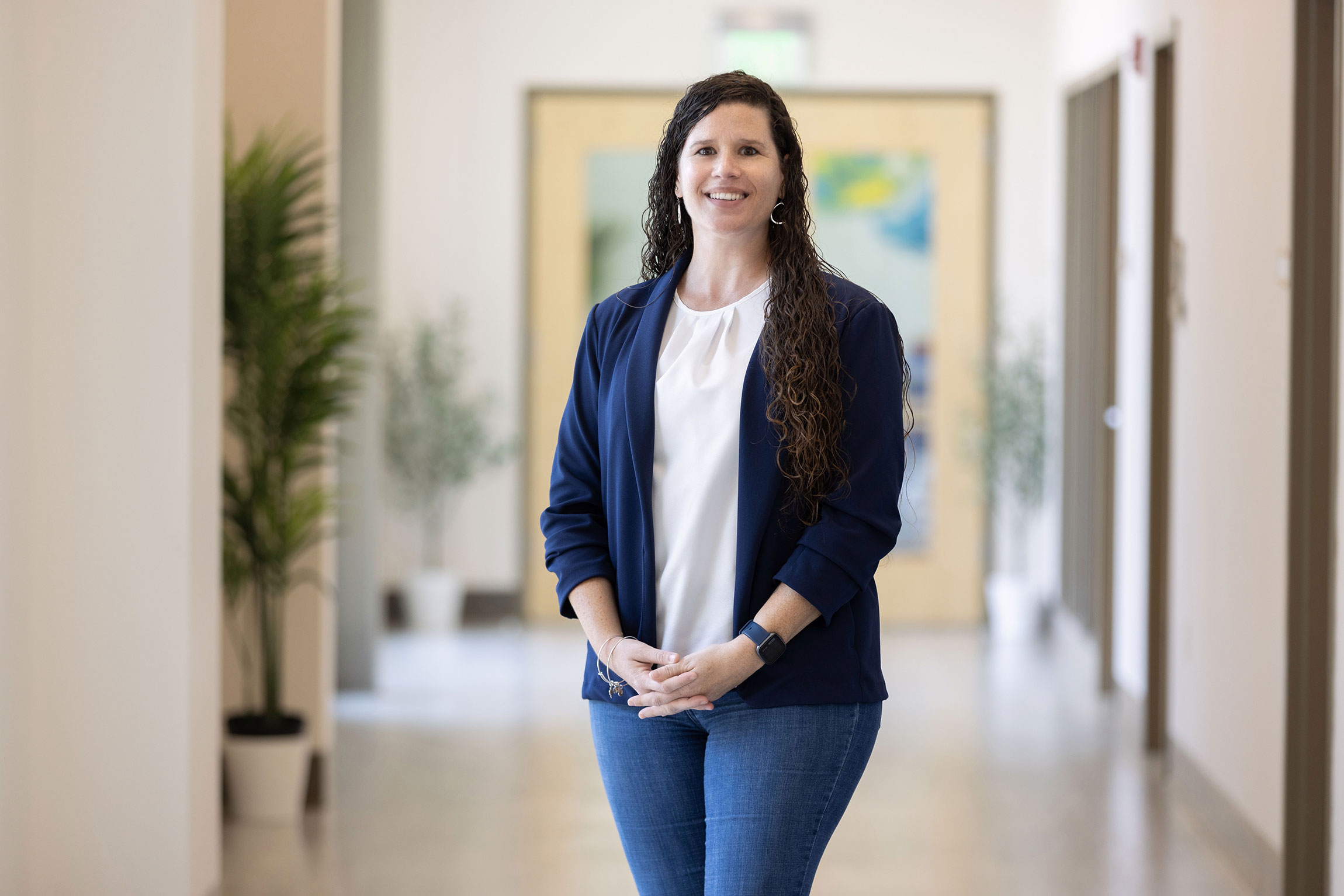
Most of the episode lives in the Hub’s work. Mornings begin with cross-team huddles that align Street Outreach, the women’s shelter, and Work Local. Outreach specialists head into the city—under overpasses, behind stores, in fields—meeting people where they are and guiding them into the Continuum of Care. Work Local offers same-day pay and meals through blight-remediation crews; more importantly, it opens a low-barrier doorway to services, where trust builds and plans take shape.
Operations are built on partnerships: coordinating with city departments, transportation providers, and cleanup teams; working with the Office of Reentry and allied agencies so people coming home from incarceration can secure IDs, training, jobs, and housing. Inside the building, trauma-informed design turns environment into intervention—rooms that feel safe lead to conversations that move people forward. Data ties it together: teams track what’s working, spot gaps quickly, and take time to celebrate housing placements out loud.
Warming & Cooling Centers: What It Takes
Nashville Partnership: From Encampment to Housing
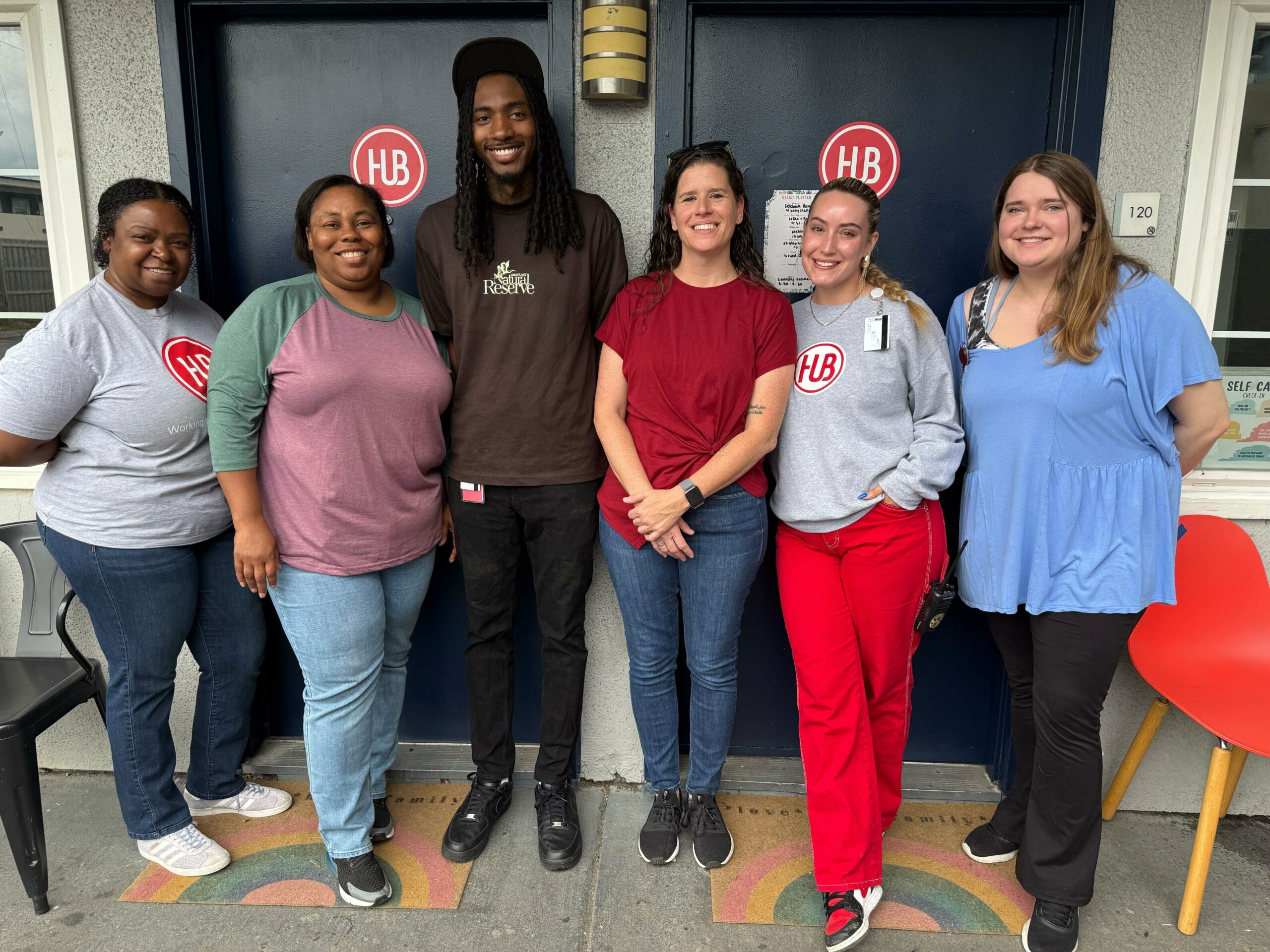
Jessica with Hub Nashville Team
Hub Nashville
The model is now traveling. At the request of the City of Nashville, the Hub is supporting residents from a large encampment near the Cumberland River —about 120 units of households (roughly 130–150 people). The immediate goal is a safe transition into transitional housing, creating enough stability to start documents, benefits, income pathways, and unit searches. A small Hub team began with on-site engagement—listening, learning the layout, and introducing support without overpromising—then moved into person-by-person navigation with local partners identified by the city. The approach mirrors Memphis: relationship-building, steady coordination, and follow-through adapted to Nashville’s systems. As residents move out, the city plans to rework the encampment area into a park; for the Hub, the sequence stays human and practical—engagement → transitional stability → individualized plans → permanent homes.
Through it all, Jessica keeps the focus on people and systems, not personalities. The Hub’s outcomes don’t come from a single program or person; they’re the result of many aligned choices—how a space feels, how a greeting lands, how a ride is arranged, how a shift is scheduled, how a milestone is celebrated. Put together, those choices become exits from homelessness. That’s the work.
